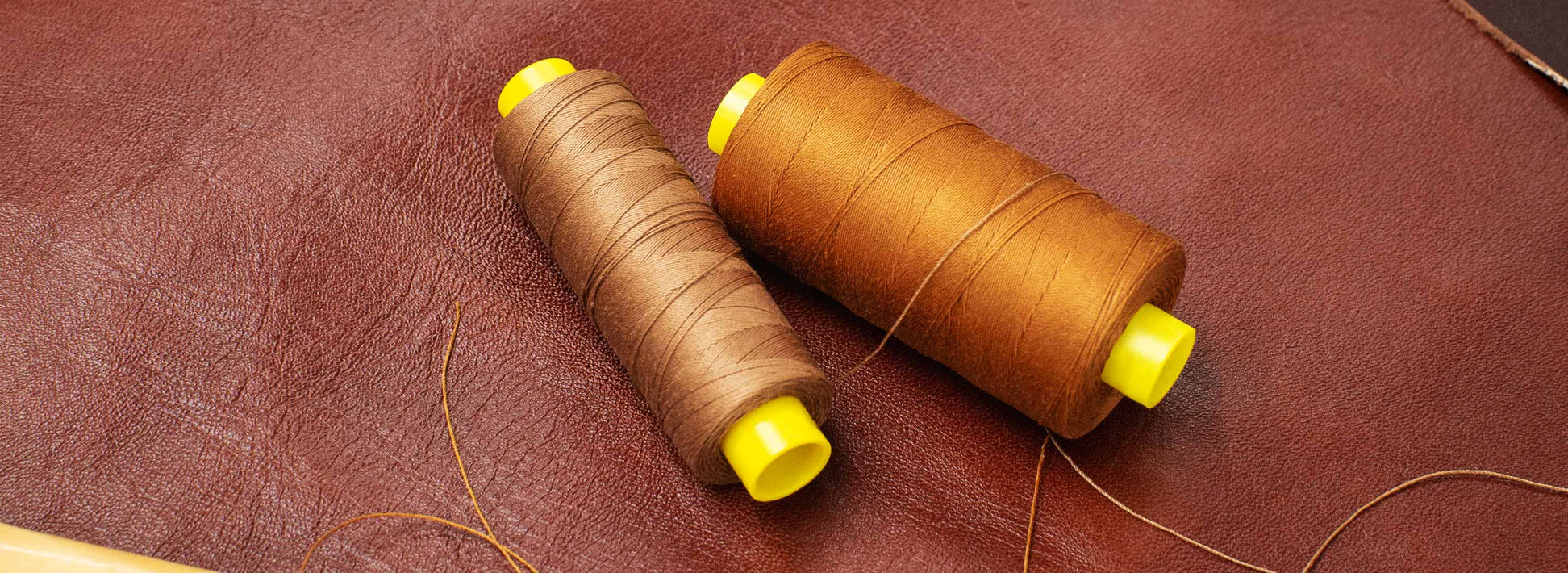THE LEATHER
Leather is at the heart of our know-how. It represents 70% of the raw materials we use to produce our leather goods and accessories.
An intrinsically circular material
Born from the recycling of a waste product - the thousands of tons of hides generated every day by the slaughter of animals destined for meat consumption - leather is a high-performance and sustainable material with an intrinsically circular potential.
Towards a more responsible tanning
However, the processing of hides, which takes place in tanneries, consumes large amounts of water and requires the use of chemicals such as chromium to soften them.
That's why, since 2005, a non-profit organization that brings together 1,300 stakeholders in the leather industry, the Leather Working Group (LWG), has been assessing tanneries' compliance in terms of water and energy consumption, waste management, air and noise emissions, traceability, health and safety, and use of restricted substances.
4 of our 5 partner tanneries are now LWG Gold (with a score of 85%) or Silver (score of 75%) certified! Moreover, all of them are located in Europe and comply with the European REACH regulation which regulates the use of chemical products.
Since 2022, Lancaster is also a member of the Leather Working Group.
To go further
We are working together towards obtaining LWG Gold certification for 100% of our raw material suppliers. Involved in working groups, notably with the Conseil National du Cuir, we want to contribute to an ever more sustainable tanning and strengthen our response to certain major issues such as the traceability of livestock farms.

TRIMS AND LININGS
The rest of the raw materials we purchase are trims (clasps, rivets, zippers and pulls) and linings (suede, canvas, nylon). The processing of these materials also requires the use of chemicals, which is why we require our suppliers to guarantee the safety of these materials.harmlessnessThis is why we require our suppliers to guarantee their safety, both for our craftsmen and for our customers, by complying with recognized international standards: REACH, Oeko-Tex or GRS 4.0.



WHEN SKIN TURNS INTO LEATHER
It is in the tannery that the animal skins are chemically and mechanically treated for the production of leather: they are first cleaned (hair and dross removed from their outer face and inner skin removed) and then soaked in basins containing tannin, for a certain period of time. The product used can have a natural origin (tannin from oak whose bark was ground in a tanning mill, or from other forest species) or be a synthetic chemical product.







